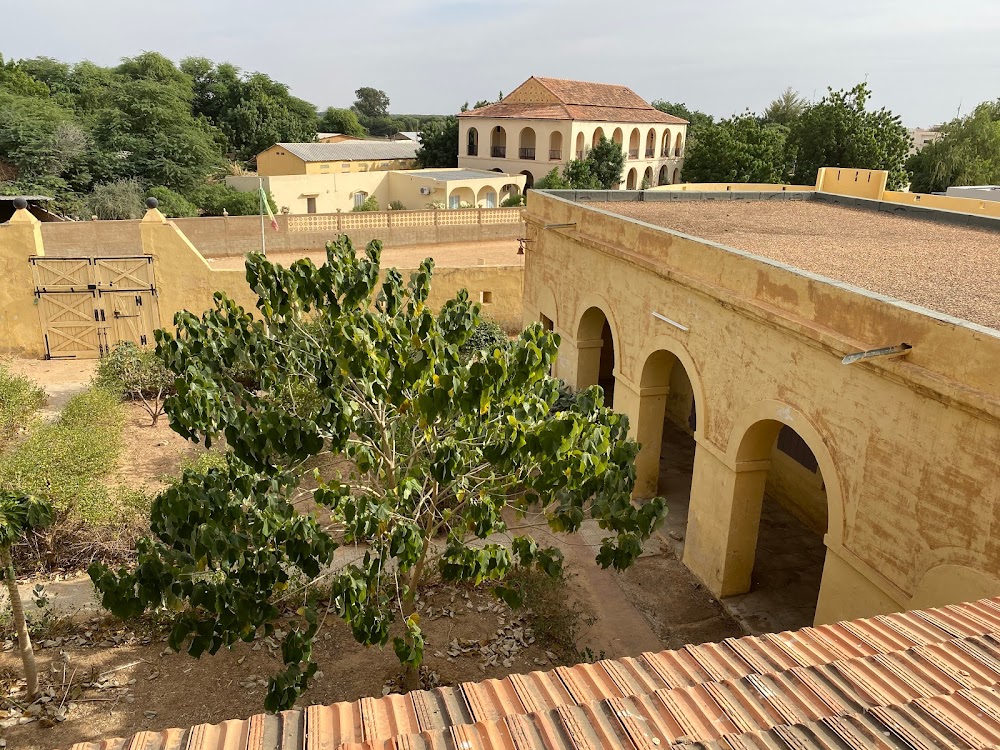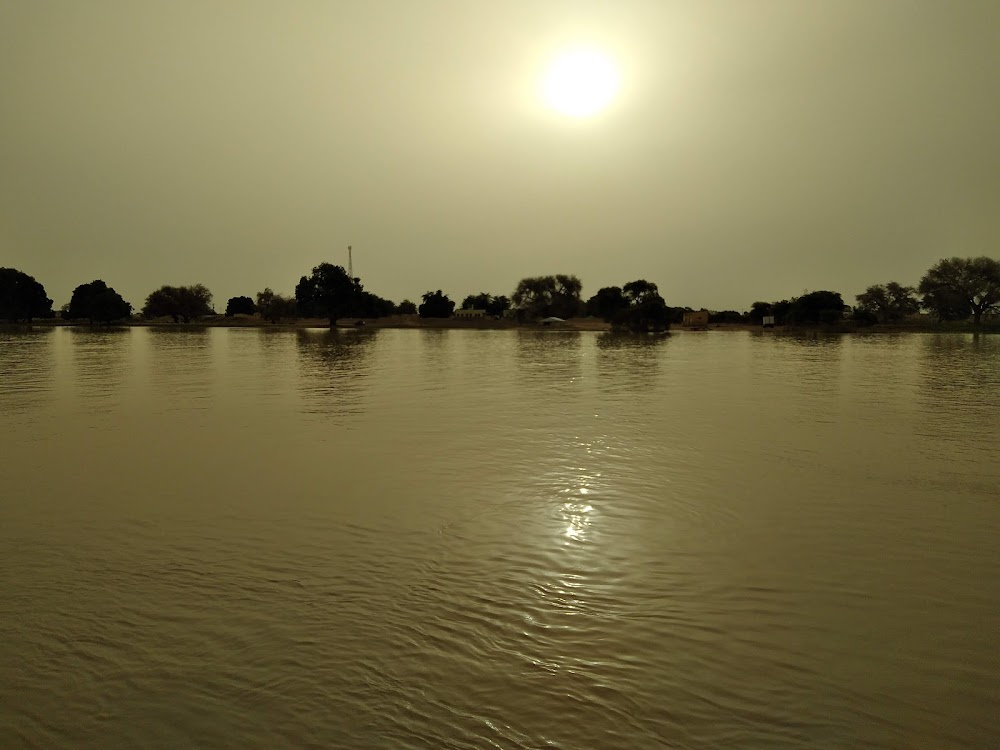Fort de Podor (Fort de Podor)
Overview
Fort de Podor, quietly nestled in Matam, Senegal, is a remarkable testament to a bygone colonial era. Situated on the left bank of the Senegal River, this historic fort once served as a crucial trading post and a defensive structure during the French colonial period. The town of Podor is intricately linked to the fort, which stands as a significant relic of the region's storied past.
Historical Significance
The construction of Fort de Podor began in the early 18th century, around 1744, amid fierce competition among European powers for control over West Africa. The French established the fort to solidify their presence in the region and safeguard their trading interests against local resistance and rival European nations. Built primarily from locally sourced stone and mud bricks, the fort showcases the ingenuity of its builders, who utilized materials readily available in the area.
Architectural Features
The design of Fort de Podor embodies the military architecture typical of its era. Square-shaped and compact, it features four bastions at each corner, designed to fend off attacks. The thick walls were constructed to withstand assaults, while the interior housed barracks, storage rooms, and even a small chapel. Its strategic location along the Senegal River was critical for controlling river trade routes and monitoring the flow of goods and people.
Commercial Hub
During its operational years, Fort de Podor thrived with bustling activity. Its primary role was to secure the trade of gum arabic, a highly valued commodity harvested from the region's abundant acacia trees. Additionally, the fort facilitated the movement of enslaved people, textiles, spices, and other goods, making it a vital commercial hub that linked the interior of West Africa with the broader Atlantic trade network.
Life at the Fort
Life within Fort de Podor was fraught with challenges. Soldiers stationed there faced a harsh tropical climate, diseases like malaria, and the constant threat of conflicts with local communities or rival Europeans. Despite these hardships, the fort remained operational for several decades, adapting to shifting political dynamics and technological advancements.
Decline of Importance
In the late 19th century, following the Berlin Conference of 1884-1885—which formalized European colonization efforts in Africa—the significance of Fort de Podor began to diminish. Advances in transportation and evolving trade patterns rendered the fort less critical. By the early 20th century, it had lost much of its strategic and commercial relevance, eventually falling into disuse.
Preservation and Legacy
Today, Fort de Podor stands as a historic monument, a silent witness to centuries of change. While some sections of the fort have succumbed to the ravages of time, enough remains to give visitors a glimpse into its former grandeur and importance. Partially restored to preserve its legacy, the fort now attracts tourists, historians, and anyone interested in Senegal's colonial history.
Cultural Impact
The Matam Region, particularly Podor, reaps the benefits of the cultural and historical significance of Fort de Podor. It serves as a poignant reminder of the area's rich history, the complex interplay of local and foreign influences, and the resilience of its people. Through the preservation of this site, Senegal honors its multifaceted heritage while educating future generations about their shared past.






